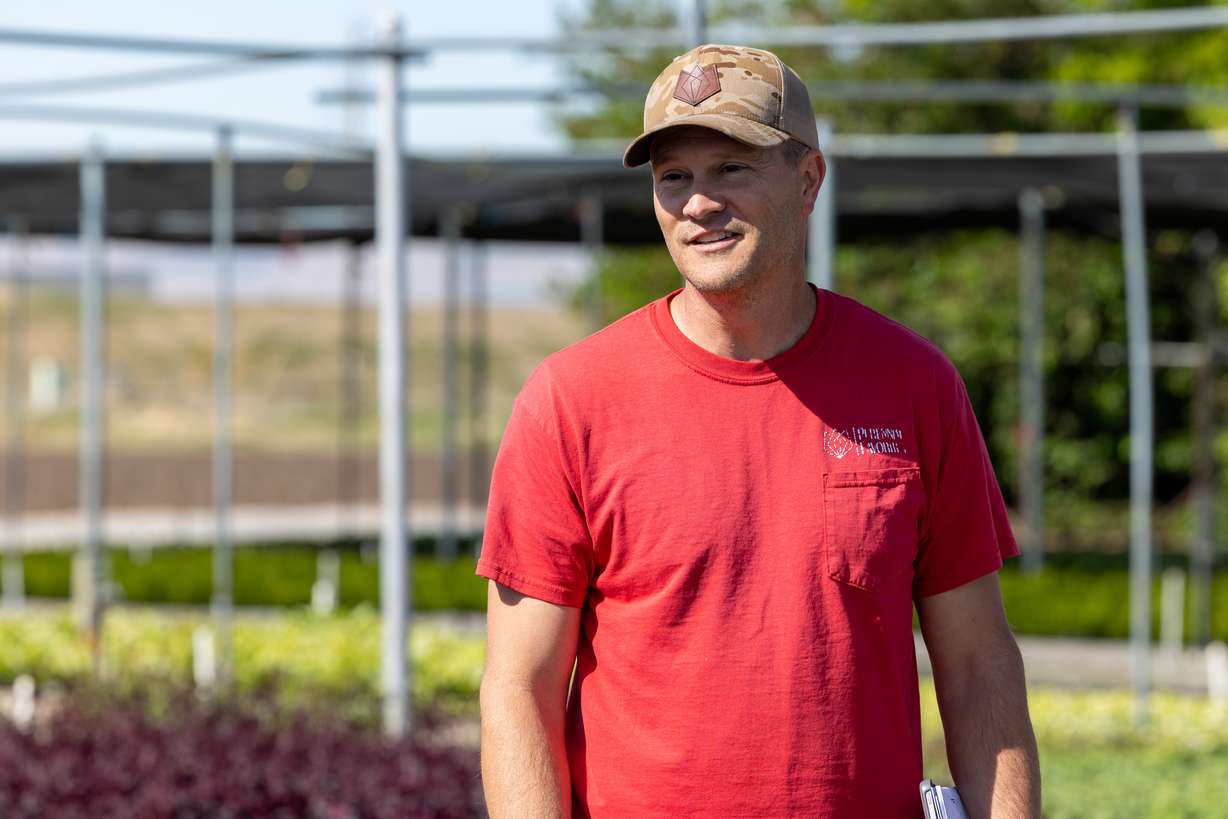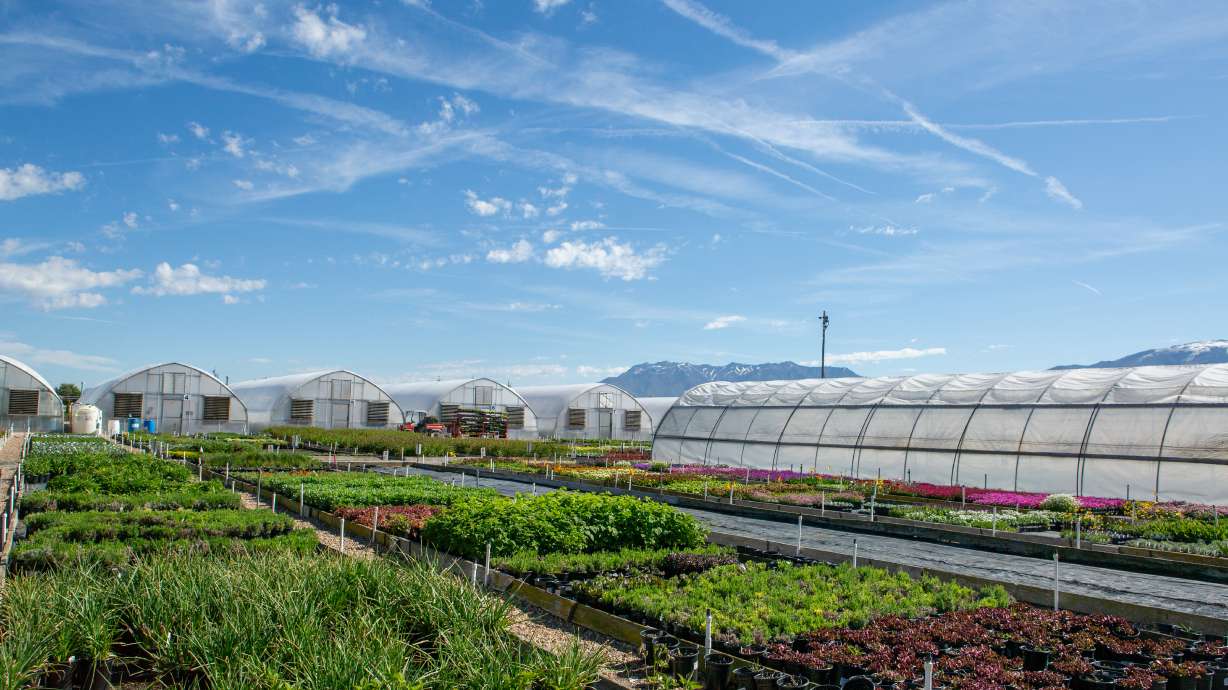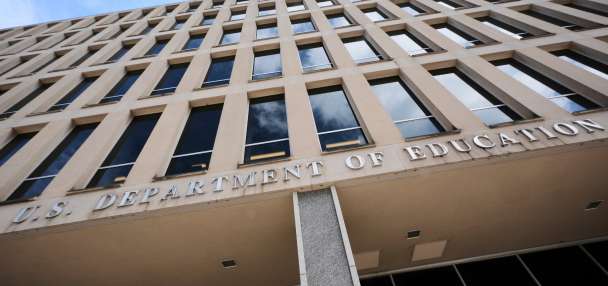Estimated read time: 4-5 minutes
- House Republicans propose rolling back energy tax credits impacting Utah businesses, municipalities.
- Layton-based Perennial Favorites used Rural Energy for America Program grants and the Investment Tax Credit to install on-site solar power energy generation.
- Rep. Blake Moore acknowledged benefits of the energy tax credits but is concerned about unsustainable costs.
LAYTON — Nestled at the edge of the Great Salt Lake Shorelands Preserve in western Davis County are fields that fill the surrounding air with a sweet, floral aroma and the view with bursts of color.
They're part of Perennial Favorites, a wholesale plant nursery and a second-generation Layton business.
"This is a family business. My parents started it back in '92, '93, kind of just as a backyard hobby," said Cort Cox, head annual grower and owner of Perennial Favorites. "Just a couple of growing beds in their backyard."

Over the past 30 years, the nursery has slowly added more growing areas and greenhouses and has grown into a 90-employee operation selling over $2 million units every year.
But running an operation of that magnitude requires energy. Lots of it.
"Energy is a huge concern for us, especially the greenhouses. Wintertime it's heating them (and) summertime it's cooling them," Cox said. "We just see the energy, the rising costs every year."
To combat this, Cox and Perennial Favorites were among 150 Utah businesses to use Rural Energy for America Program grants and the Investment Tax Credit to install on-site solar power generation.
In this instance, the move cut Perennial's electric bill in half.
Cox harnessed the grant, combined with the Investment Tax Credit, to install a 64 kilowatt solar array, which enabled the business to fully recover the cost of the installation within a year and drive its monthly electric bill from over $1,200 in April 2023 to just over $500 in April 2024, even as the business increased its monthly power usage.
Cox added that solar contributed to about one-third of the business's energy use in 2024.
Up north, Logan City Councilman Mike Johnson wants to use the Investment Tax Credit's Direct Pay provision to meet Logan City's energy needs and keep rates low for families. He said the city is conducting a feasibility study for a 15 megawatt solar-energy facility while using Direct Pay to invest energy savings into the economy.
"We're looking at about four to $8 million in savings with the tax credit ... which is really a lot of savings and a big, big benefit to our community and our residents," Johnson said.

However, similar critical infrastructure, energy affordability, and economic development projects funded through the Infrastructure Investment and Jobs Act and Inflation Reduction Act are now at risk due to recent federal actions.
Politico last week reported Republicans on the House Ways and Means Committee are starting to nail down their tax package, which could include sunsetting most or all of the clean energy tax credits from the Democrats' 2022 climate law.
Additionally, the committee is looking to strip businesses' ability to buy and sell those clean energy credits.
Utah Rep. Blake Moore, whose district includes Perennial Favorites and the city of Logan, sits on the 45-member committee.
"As far as the green energy tax credits, there's a clear effort from the Republican side to thread a really good needle here. They're (tax credits) massively more expensive than they ever were assumed to be," Moore told KSL.com
Moore added that for some of the energy tax credit programs, the wind-down would be gradual.
"They're tough because, you know, they've been enacted and there's been investments made, and we want to respect the fact that these companies are providing jobs and they are, you know, contributing to the energy grid. But ... you can't do it in a constantly deficit-inducing way, so we've got to find a happy medium," Moore said.
But the benefits felt by these programs extend far beyond local business owners like Cox.
"Building energy locally means creating jobs locally. From construction to operations, this means good-paying work that supports our local economy and our workforce. It also allows us to meet our energy needs right here at home without waiting on long, expensive transmission studies that can delay progress and increase costs," said Johnson.

Max Becker with Utah Clean Energy said over $400 million has come to the Beehive State through the Infrastructure Investment and Jobs Act and Inflation Reduction Act for projects like the one at Perennial Favorites and what Johnson is looking to do in Logan.
He added that these energy investments — made possible largely through tax credit programs like the Clean Electricity Investment Credit and the Renewable Electricity Production Tax Credit — are both delivering lower energy costs and creating good jobs across Utah.
"These energy credits mean good jobs for our members. We're starting to see projects made possible by these credits take off across the state, including in rural areas," said Codey Lindsay, president of International Brotherhood of Electrical Workers Local 354. "This means more high-quality jobs for electricians and local economic development in our communities."
According to United Today, Stronger Tomorrow, an organizing project working with grassroots leaders and community organizations across the Mountain West, tax credits from the Infrastructure Investment and Jobs Act have incentivized $222 million in private investment back into Utah.
Moore said "we'll kind of see how these next few weeks shake out" regarding the timeline for the fate of the energy tax credits being discussed by the House Ways and Means Committee.










